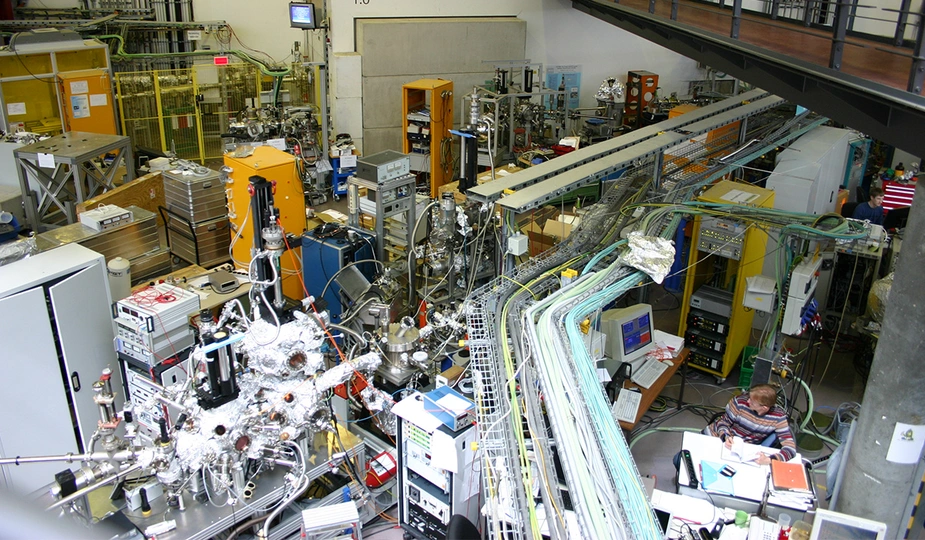German Russian collaboration further strengthened at HZB
New Research Group to Investigate Quantum Materials for Future Information Technologies
HZB physicist Jaime Sanchez-Barriga can establish a "Helmholtz-RSF Joint Research Group". Over the next three years he will receive additional funding from the Helmholtz Association and the Russian Science Foundation (RSF) to investigate magnetic quantum materials for future information technologies with partners from the Lomonosov State University in Moscow. In particular, the funding should also enable the exchange and training of young scientists.
Magnetic topological insulators are a unique class of materials which enable spectacular quantum effects, with the most important one being the quantum anomalous Hall (QAH) effect. (Bi,Sb)2Te3 belongs to this material class when its properties are controlled by doping with foreign magnetic elements.
HZB physicist Dr. Jaime Sánchez-Barriga will further develop this material at the synchrotron source BESSY II in collaboration with colleagues from Lomonosov State University, Moscow. The cooperation aims at creating novel ferromagnetic and antiferromagnetic topological materials which could serve as crucial pieces of topological qubits in future information technologies. The resulting QAH material has the potential to function even at room temperature and significantly increase currently available computing speeds by orders of magnitude.
A long tradition
Cooperation with Russian partners has a long tradition at HZB. In 2017, the 15th anniversary of the "Russian German Laboratory" at BESSY II was celebrated.
Kontakt:
Dr. Jaime Sánchez-Barriga
(030) 8062-15695
jaime.sanchez-barriga(at)helmholtz-berlin.de
